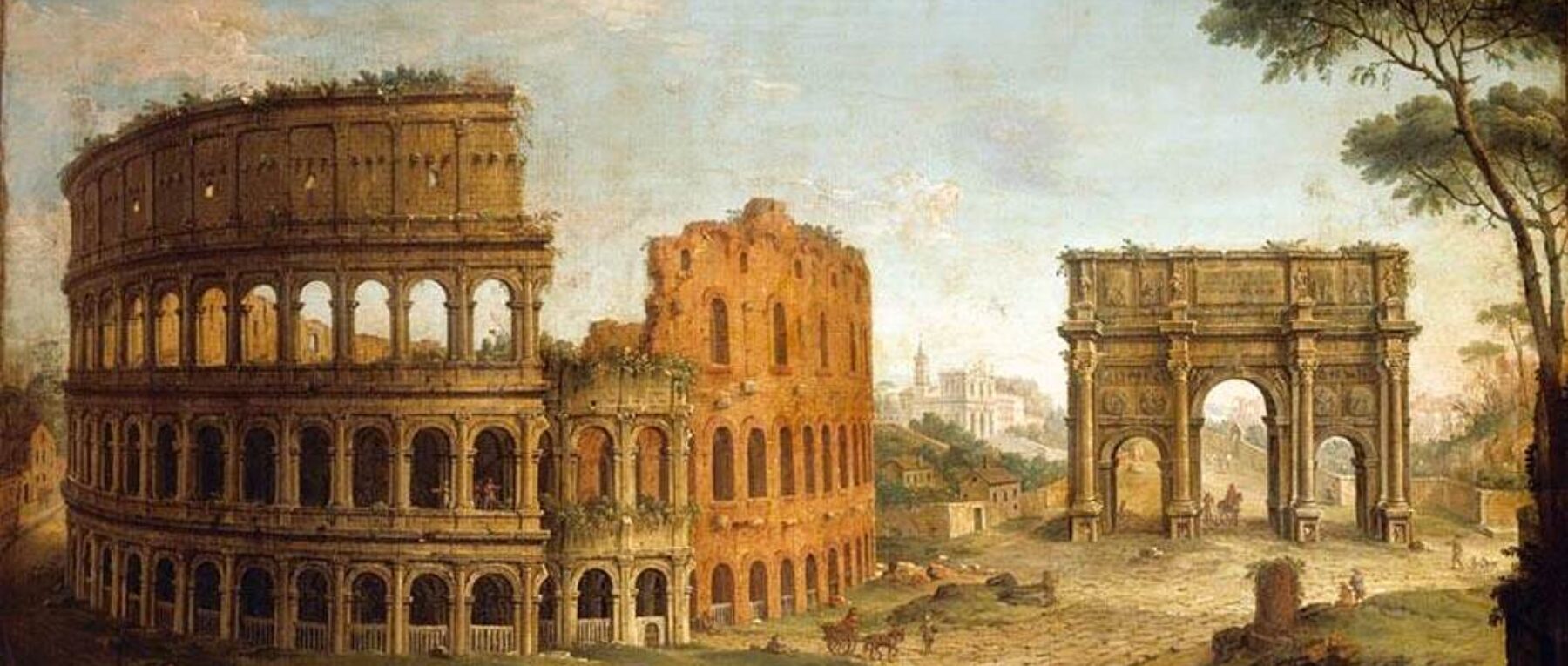My Encounter with an Obelisk in Istanbul
Back in May of 2014, I visited Istanbul, Turkey, for the first and only time. Being the history enthusiast I am, I was looking forward to seeing some of the ancient sites littered amongst the modern city by the Bosphorus. I was not to be disappointed.
As I wandered down Sultanahmet Square, where the Hippodrome once stood — besides the sheer majesty of Hagia Sophia and the Blue Mosque — my attention was caught by another monument, altogether more tantalisingly ancient:
 |
| My encounter with the Obelisk (Source: My Photos) |
How the Obelisk got to Modern Istanbul
Shipped to Constantinople by the Emperor Theodosius I (379-95), this was indeed an ancient monument. When it was erected in 390 CE, it was already some two thousand years old. Walking towards it, I could feel the long shadow of thirty five centuries, literally and metaphorically bearing down on me.
As I stood beneath it, staring up in gaping wonder how they were able to erect such a megalithic structure, let alone transport it, the image of it somehow being ferried across the sea from distant Egypt, captured my imagination. It seemed impossible and yet, here it stood.
The Obelisk was originally made for Egyptian Pharaoh Thutmose III (1479-1425 BCE). It was part of the structure of the great temple of Karnak in Upper Egypt.
 |
| Obelisk with Hieroglyphic details (Source: Wikipedia) |
Much later, the Roman Emperor Constantius II (337-361 AD), had this Obelisk and another, transported to Alexandria to commemorate his 20 years on the throne, where it remained until the Emperor Theodosius transported it to Constantinople.
The Obelisk — which is shorter than it was originally (30 metres) — currently stands at 25.6 metres tall, with the addition of the base, known as the plinth. It depicts the Emperor Theodosius surrounded by his courtiers and family.
The Two Inscriptions on the Pedestal and How it was Erected
Two inscriptions on the base of the pedestal, below the plinth, one Latin, another Greek, state that the Obelisk was erected in either 30 or 32 days. These were transcribed by two travellers from the 16th Century.
 |
| Latin Inscription below Plinth (Source: My own Photos) |
The Latin inscription reads :
“Though formerly I opposed resistance, I was ordered to obey the serene masters and to carry their palm, once the tyrants had been overcome. All things yield to Theodosius and to his everlasting descendants. This is true of me too – I was mastered and overcome in three times ten days and raised towards the upper air, under governorProculus.” (Source: Wikipedia)
Another image depicts the obelisk being erected, with men using what appear to be some kind of levers, a system of pulleys and ropes.
 |
| Sculpture depicting the obelisk being erected (Source: Wikipedia) |
This image gives some indication how they went about erecting the Obelisk. How they transported the structure is more uncertain, however below is a picture that appears to show a ‘gash’ in the stone, which may be evidence of how they transported the Obelisk. (Source: Wikipedia)
However it was transported, it was ‘raised towards the upper air’ in 390 CE, where it still stands today – a greeting to curious travellers.
May it remain so, an ancient guard of time and history.
 |
| ‘Gash’ in the stone at base of Obelisk (Source: Wikipedia) |
Sources:
https://www.livius.org/articles/place/constantinople-istanbul/constantinople-photos/constantinople-hippodrome/constantinople-hippodrome-obelisk-of-theodosius/
https://en.wikipedia.org/wiki/Obelisk_of_Theodosius
Scarre, Chris, The Penguin Historical Atlas of Ancient Rome, Penguin Books, London, 1995 p. 126
Photos are my own where indicated

